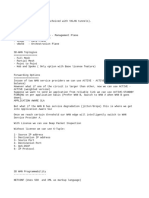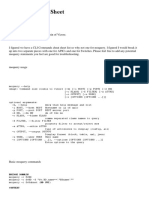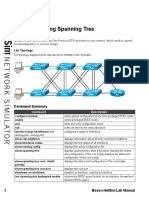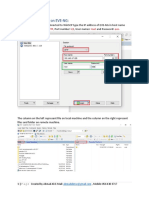0% found this document useful (0 votes)
110 views1 pageNotes 1
The document discusses health monitoring at different levels like node, pool, and pool member. It describes default monitors for different layers and parameters like interval and timeout. It also explains simple, active, and passive monitoring techniques.
Uploaded by
santhosh437Copyright
© © All Rights Reserved
We take content rights seriously. If you suspect this is your content, claim it here.
Available Formats
Download as TXT, PDF, TXT or read online on Scribd
0% found this document useful (0 votes)
110 views1 pageNotes 1
The document discusses health monitoring at different levels like node, pool, and pool member. It describes default monitors for different layers and parameters like interval and timeout. It also explains simple, active, and passive monitoring techniques.
Uploaded by
santhosh437Copyright
© © All Rights Reserved
We take content rights seriously. If you suspect this is your content, claim it here.
Available Formats
Download as TXT, PDF, TXT or read online on Scribd
/ 1







































































